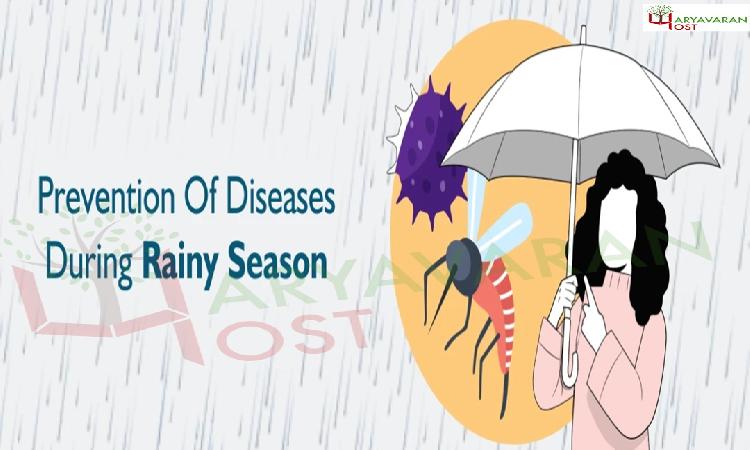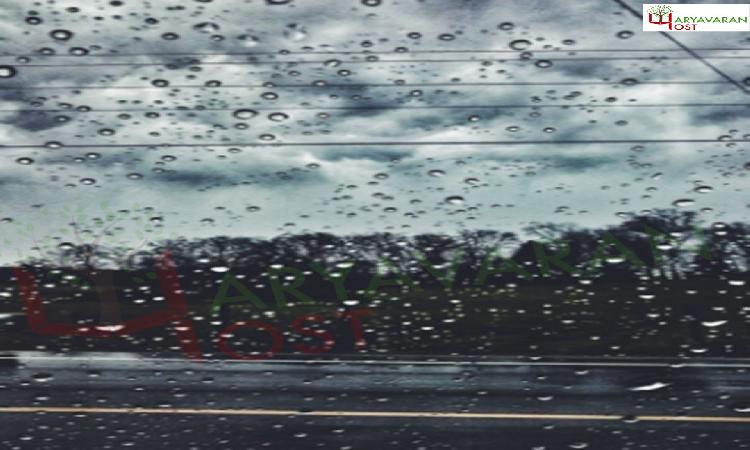

The aesthetics of rain, a timeless muse in art, literature, and culture, encapsulates a spectrum of emotions and sensory experiences. The beauty of rain lies in its duality, where it can evoke feelings of melancholy and nostalgia as easily as it can inspire serenity and rejuvenation. This multifaceted allure of rain has made it a recurring motif, resonating across various artistic mediums.
Visually, rain transforms the world into a canvas of reflections and ripples. Streets gleam under the soft glow of streetlights, each droplet creating transient patterns on the surfaces they touch. This ephemeral beauty, captured often in photography and painting, speaks to the transient nature of life itself. The hazy, muted colors of a rainy day evoke a sense of quiet introspection, inviting observers to pause and reflect. In cinema, directors use rain to enhance mood and atmosphere, adding layers of meaning to scenes—from the romance of a shared umbrella to the dramatic tension of a stormy night.
Auditorily, rain offers a symphony of sounds, from the gentle patter of a drizzle on leaves to the rhythmic drumming on rooftops during a downpour. This natural soundscape is often associated with calm and relaxation, used in music and sound therapy to soothe the mind. The rhythmic cadence of rain can evoke a meditative state, fostering a connection with nature and one's inner self.
In literature, rain is a powerful symbol and narrative device. It can signify renewal and cleansing, as in T.S. Eliot's "The Waste Land," where rain brings life to a barren land. Conversely, it can symbolize sadness and despair, as seen in the works of Charles Dickens, where rainy weather often accompanies moments of hardship and introspection. The interplay of rain with human emotion enriches storytelling, providing a backdrop against which characters' inner turmoils and transformations are highlighted.
Culturally, rain holds different connotations. In some traditions, it is seen as a blessing, essential for growth and prosperity. Festivals and rituals celebrating rain reflect its importance in agricultural societies. In urban settings, the rhythm of rain against skyscrapers creates a unique blend of nature and modernity, often romanticized in poetry and prose.
Ultimately, the aesthetics of rain encompass a harmonious blend of sensory experiences, emotional resonance, and symbolic depth. Its capacity to evoke a wide range of feelings and thoughts makes it a powerful element in artistic expression. Whether through its visual beauty, soothing sounds, or rich symbolism, rain continues to inspire and captivate, offering a gentle reminder of the natural world's profound influence on the human spirit.